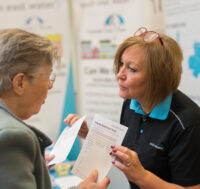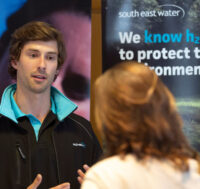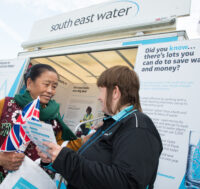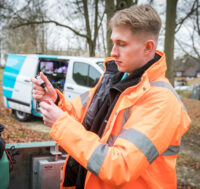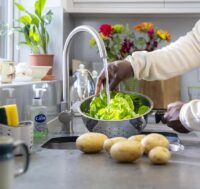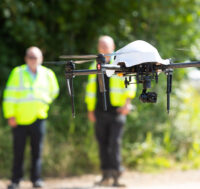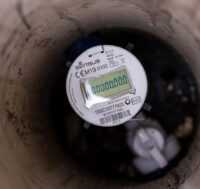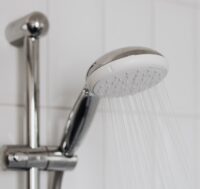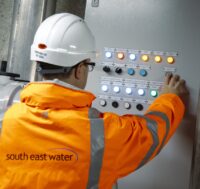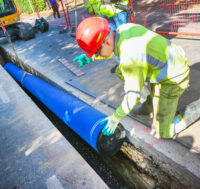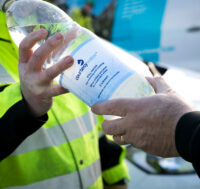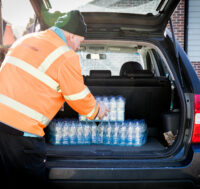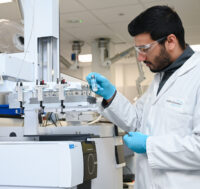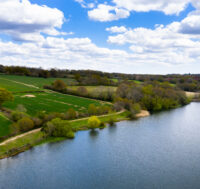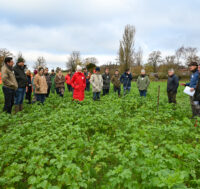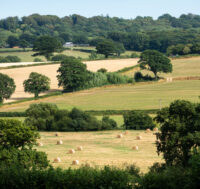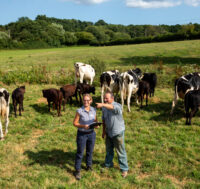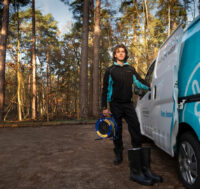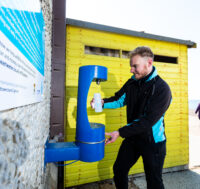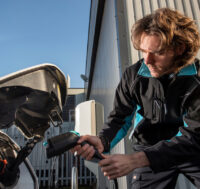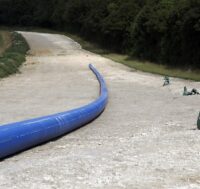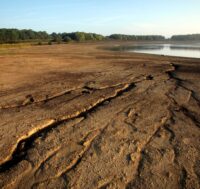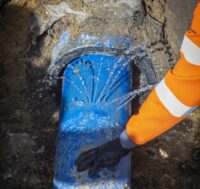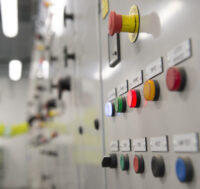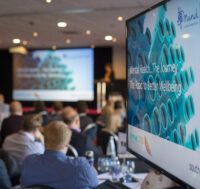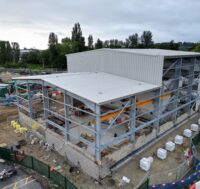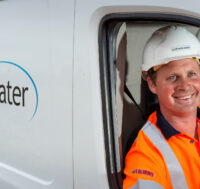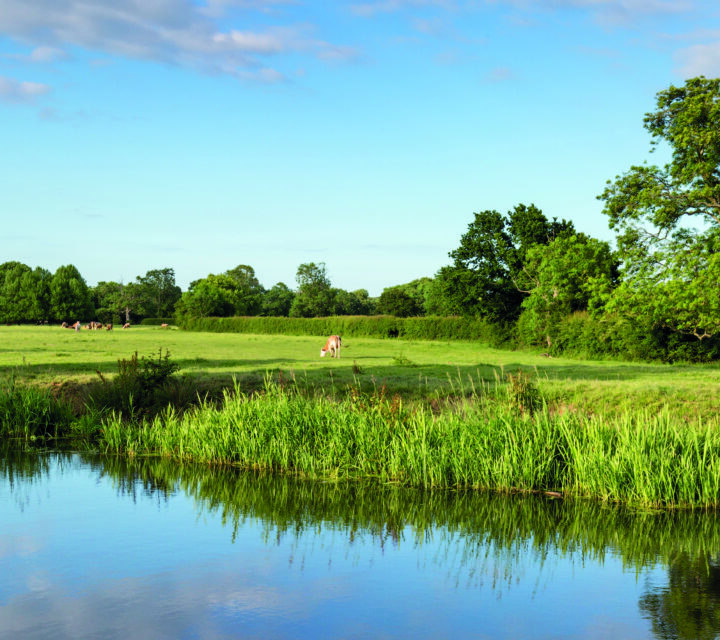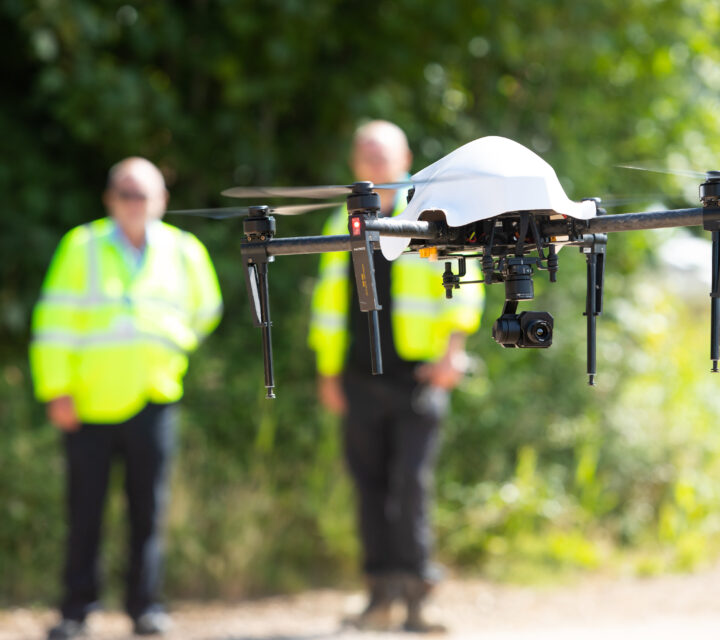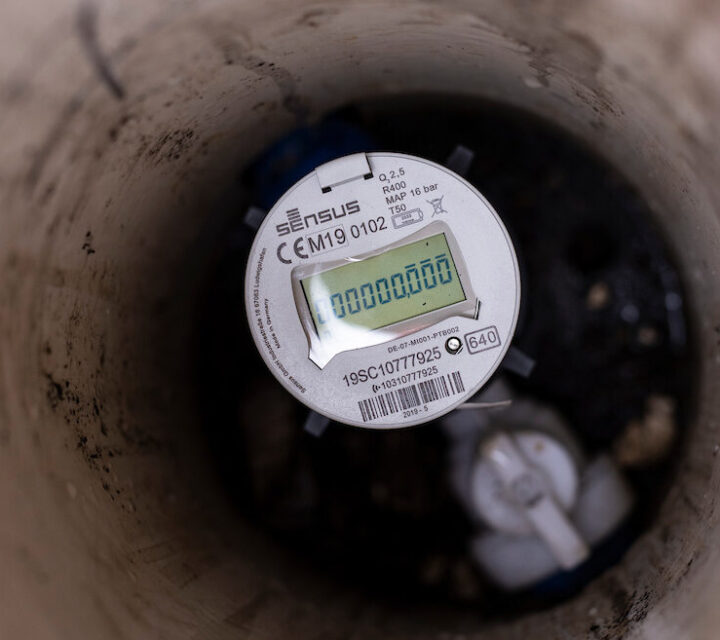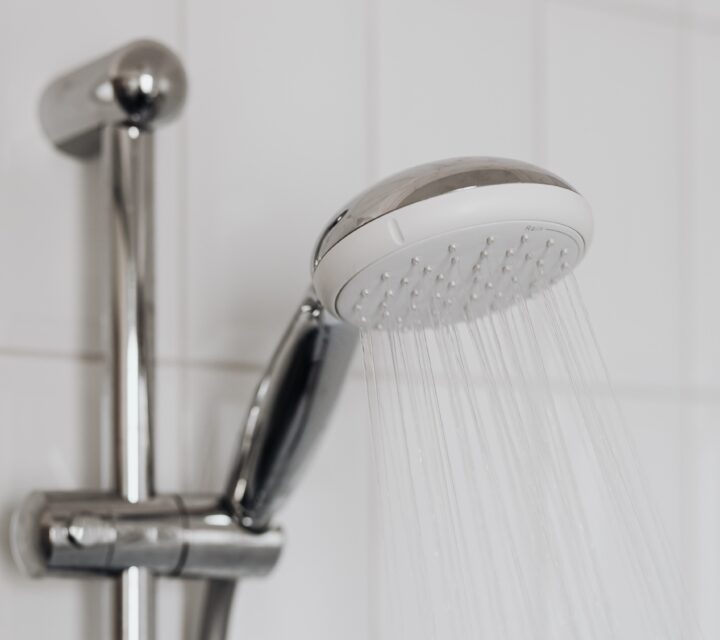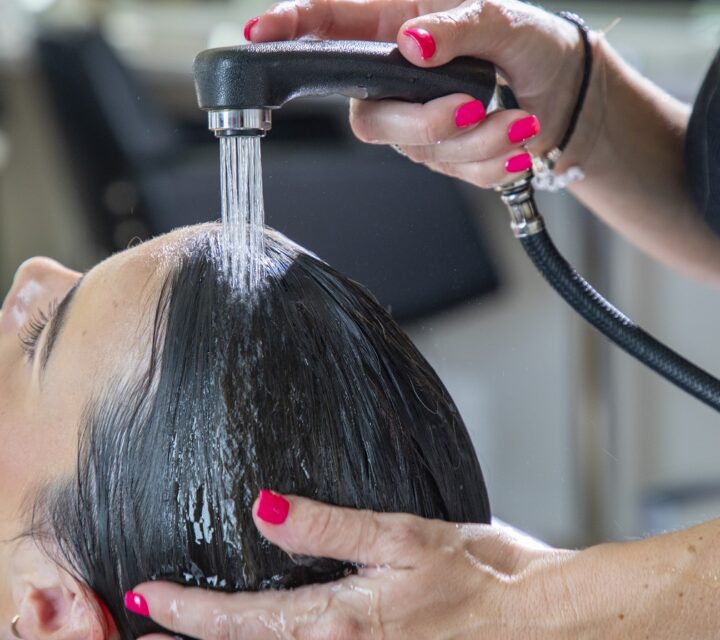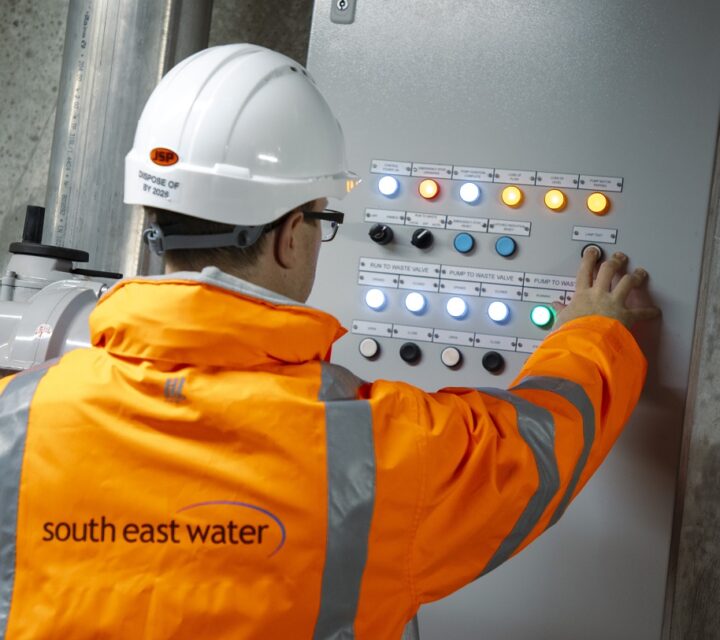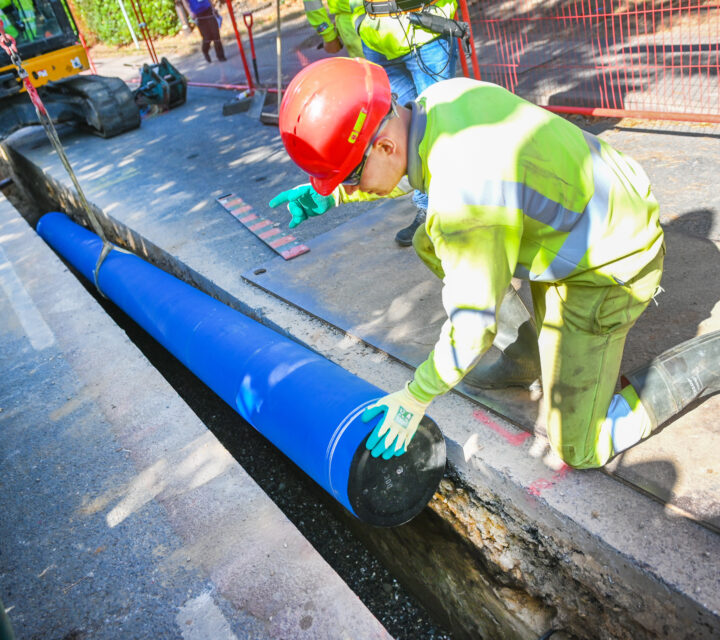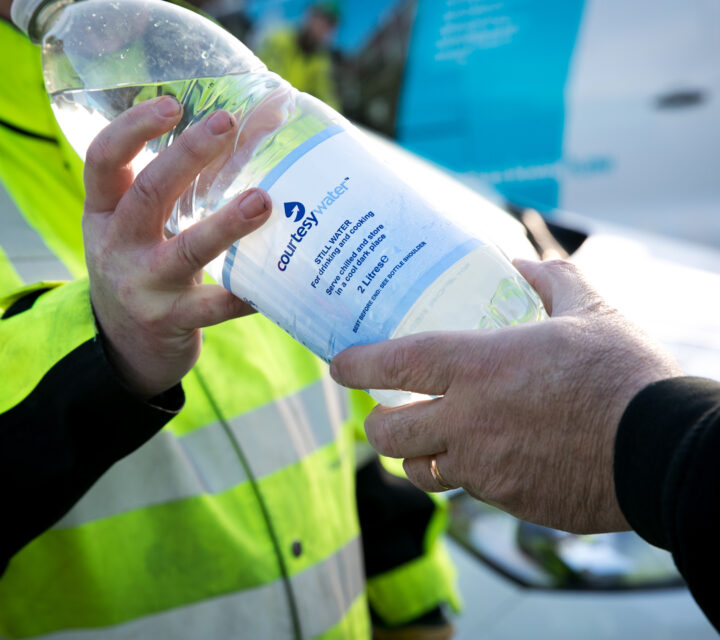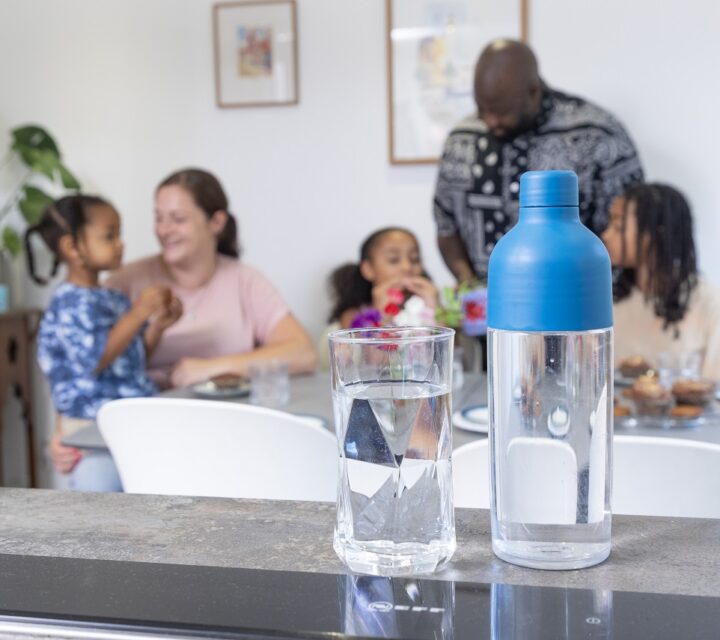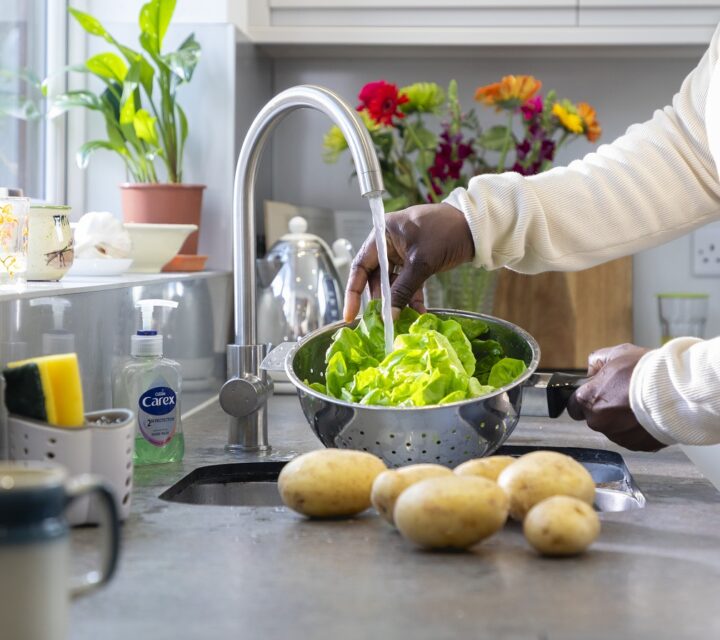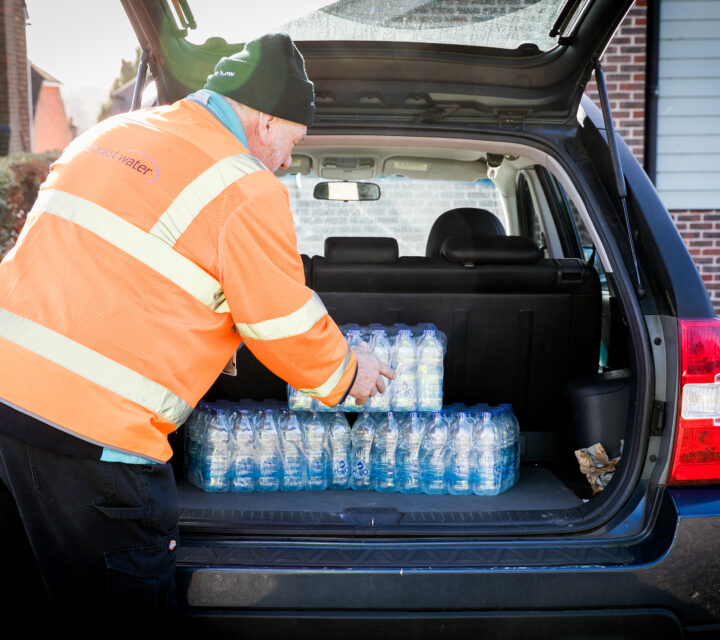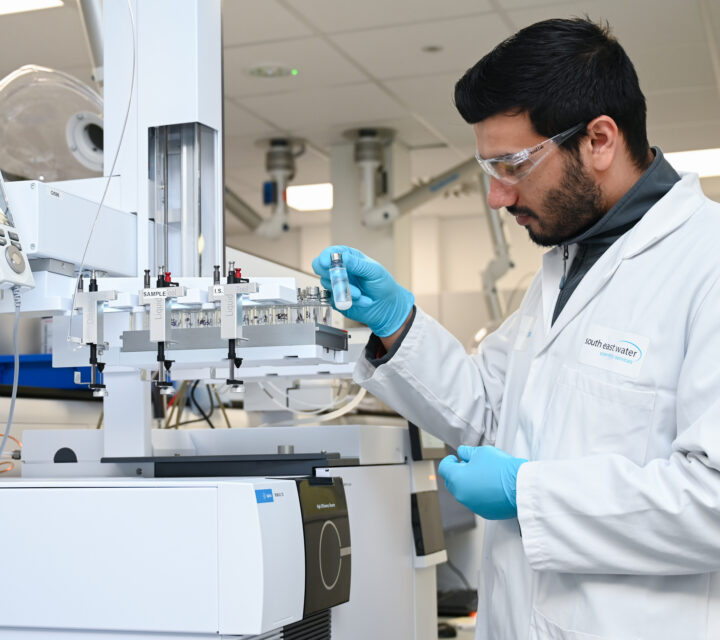Introduction by Oliver Martin, Regulation and Strategy Director
A safe, reliable supply of drinking water to homes and commercial premises across our region is at the very heart of our business.
By improving the resilience and flexibility of our network and operations, we can face future challenges head-on, while offering customers a better service.
Our investment in infrastructure is driven by the need to provide a resilient supply of top-quality drinking water.
A £6 million project to reconfigure the network and install additional booster pumping at Barcombe treatment works in Sussex is progressing well, as is a major upgrade at Tilford Meads treatment works. At Maidenhead we’ve designed a more sustainable and cost-effective solution to tackle high chromium levels in the groundwater too all of which will improve the quality of water being provided to our customers.
We started a £12 million project to create a more resilient water supply network within Wealden. In a direct response to recent incidents, we’re installing 17km of new pipeline between our Bewl treatment works and drinking water storage tanks at Wadhurst and Rotherfield. Once complete we’ll be able to supply communities affected by recent incidents directly from our water treatment works at Bewl, improving our resilience.
Over the year we’ve flushed more than 800km of water mains to remove deposits which build up over time. This helps to protect the quality of our drinking water. We’ve also performed strongly against our water quality target and industry average in the DWI’s Compliance Risk Index performance measure. For the third year running our performance has put us among the top five water companies. We’ve also outperformed our targets for customer contacts about water quality issues.
Communication with customers is a vital part of handling incidents. We’ve launched the second phase of our new AquAlerter messaging system which enables us to send tailored messages and updates to many more customers. The new system has been well received by customers.
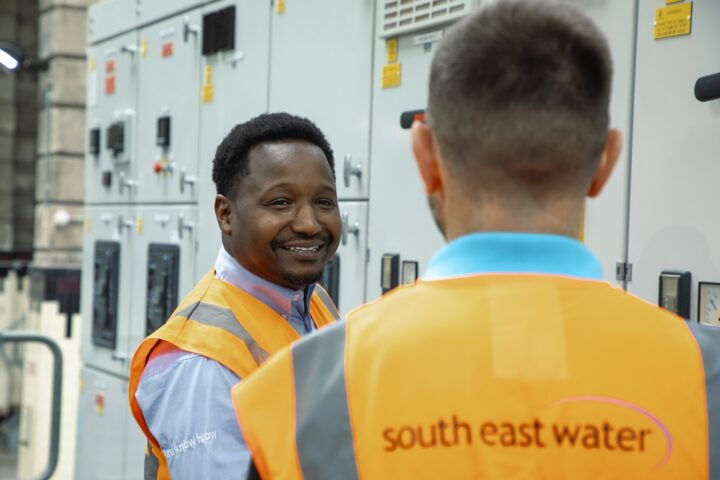
We’ve successfully trialled a new weather forecasting system with the Met Office to better predict shifts in temperature allowing us to respond quicker and reduce customer impact during freeze thaw events. We’ll continue to use data and insight in this way.
Although it’s been one of the wettest winters on record, we minimised the impact on our customers from storms and floods by learning lessons from previous events, working with local resilience forums and taking flood prevention measures. In Alfriston we reduced the impact of technical problems caused by downpours and flooding by deploying containerised water quality filter units we’d bought in advance. We also used tankers to inject water into the network and re-zoned many customers onto other parts of our water network.
We’ve also appointed a permanent Alternate Water Manager to oversee the roll-out of bottled water stations and alternate water supplies during incidents and invested in purchasing 10 more water tankers to boost capacity (taking our capacity to 12), These tankers will also be able to inject water into local networks when supplies are interrupted. Potentially alleviating the need to have so many bottled water stations in the future when an incident occurs.
Planning ahead means we’re better prepared. That’s why we also practice emergency plans. In the past year we participated in an exercise involving a live deployment to a local hospital to prove it would work in a real emergency. We also took part in a winter coastal flooding exercise.
Our key measures
- Compliance Risk Index (CRI)
- Event Risk Index (ERI)
- Appearance of tap water
- Taste and odour of water
- Interruptions to customers’ water supply
- Water mains repairs
- Unplanned outage
- Properties at risk of low pressure
- Voids – household
- Voids – business properties
- Gap sites
- KPI – We are compliant with national security obligations
- KPI – We are compliant with other statutory obligations and licence conditions



